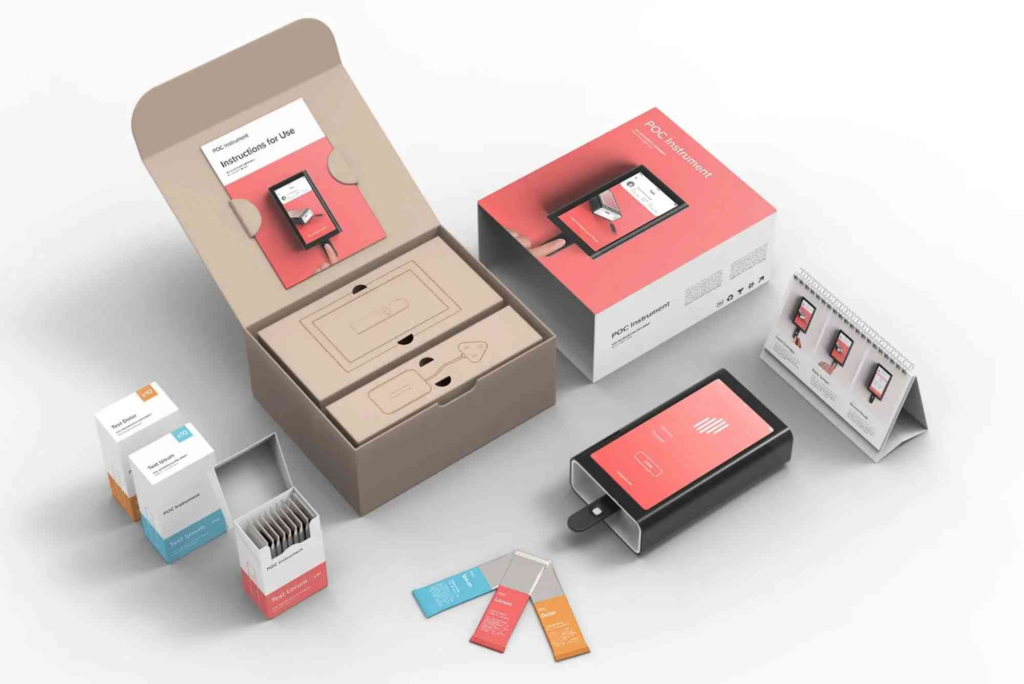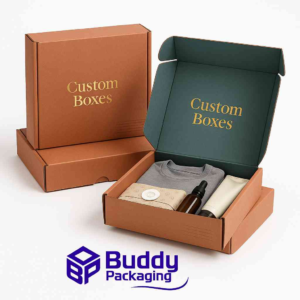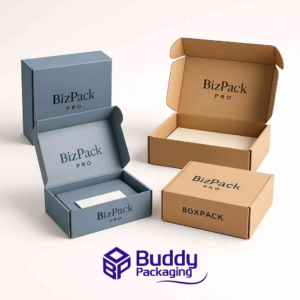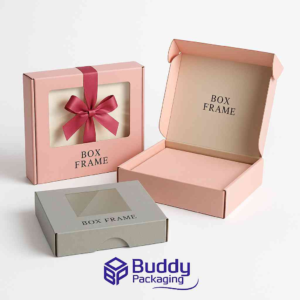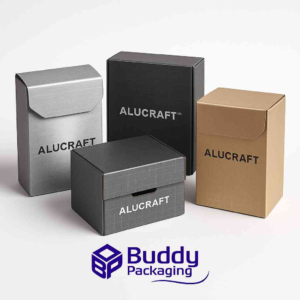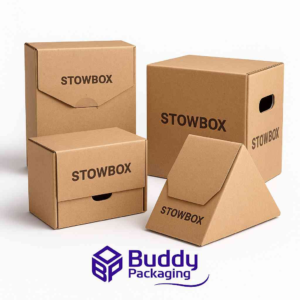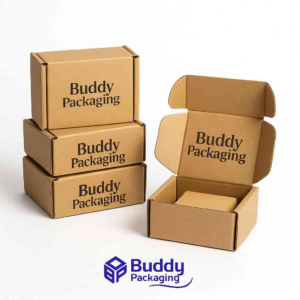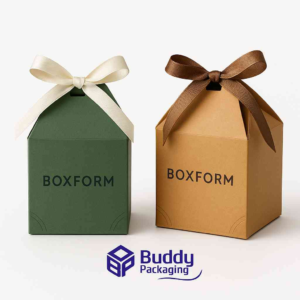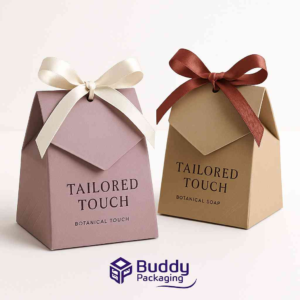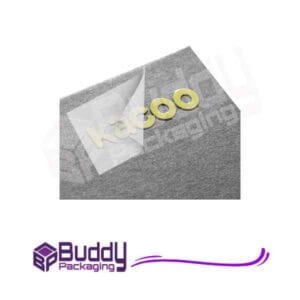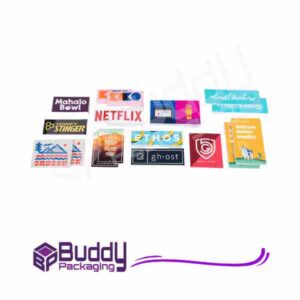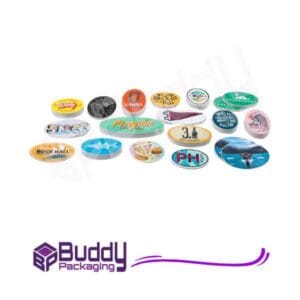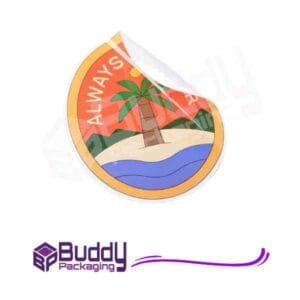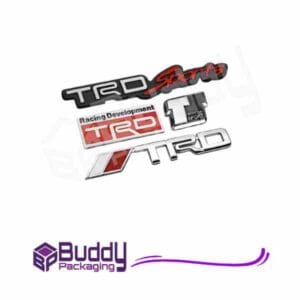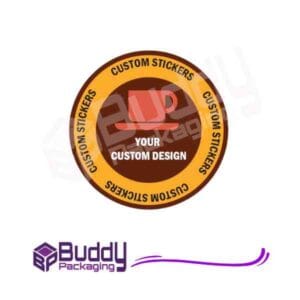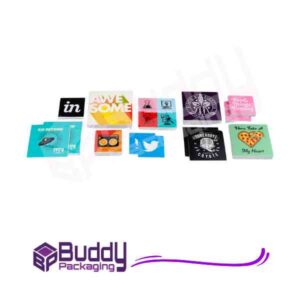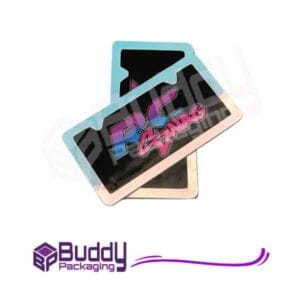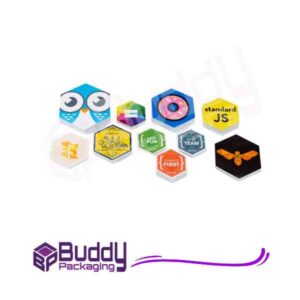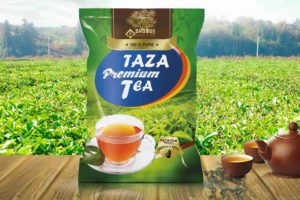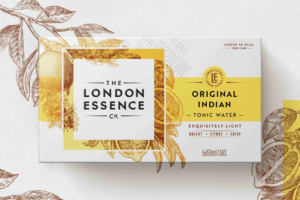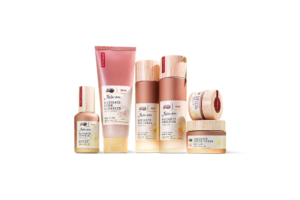Introduction
In today’s competitive market, packaging design technology has become more than just an aesthetic tool—it’s a strategic advantage. Modern consumers expect packaging that not only looks appealing but also enhances functionality, sustainability, and brand experience. From 3D printing to augmented reality and smart materials, innovations in packaging design technology are revolutionizing how products are presented and perceived.
The Evolution of Packaging Design Technology
Packaging has come a long way from simple wrappers and boxes. Earlier, packaging was merely a protective layer. Now, it’s an interactive bridge between brands and customers. Advances in digital printing, automation, and eco-materials have transformed how businesses approach design and production.
Today, packaging is smarter, greener, and more data-driven. Companies use technology to ensure precision, personalisation, and sustainability at every stage—from concept to shelf. This evolution shows that packaging design technology is no longer optional; it’s essential for brand success.
The Role of Technology in Modern Packaging Design
Technology plays a critical role in shaping the packaging industry. It integrates creativity with functionality, allowing brands to deliver memorable customer experiences while reducing costs and waste.
Digital Printing and Customisation
Digital printing has revolutionized packaging design technology by allowing businesses to create vibrant, personalised packaging without the limitations of traditional printing methods. With short-run printing and variable data technology, brands can target specific demographics with customised designs and messages.
For brands seeking to stand out, Custom Packaging is the ideal solution. It allows complete design flexibility, ensuring that packaging aligns perfectly with brand identity while maintaining quality and precision.
Smart Packaging Innovations
Smart packaging combines digital intelligence with physical design. QR codes, NFC tags, and AR experiences let consumers interact with brands directly from the packaging. Imagine scanning a product to learn its story, track its origin, or unlock promotional offers—all made possible through packaging design technology.
This innovation enhances transparency and trust, especially in industries like food, cosmetics, and pharmaceuticals. Brands can now monitor freshness, prevent counterfeiting, and deliver an immersive experience—all through their packaging.
Sustainable and Eco-Friendly Materials
Sustainability has become a driving force behind modern packaging design. Consumers are increasingly eco-conscious, and brands must adapt by using biodegradable, compostable, or recyclable materials.
Advancements in biomaterials and digital simulation software enable designers to test durability, texture, and appearance virtually before production. This reduces waste, energy use, and costs while ensuring that packaging remains visually appealing and functional.
How Packaging Design Technology Enhances Brand Identity
Brand identity is no longer just about a logo—it’s about the entire sensory experience. Through advanced packaging design tools, brands can visualize and test how colours, textures, and materials affect perception.
With 3D modeling and AI-powered design software, companies can prototype faster and experiment with innovative concepts. This helps brands maintain consistency while adapting quickly to market trends.
Platforms like Packaging Design Inspiration showcase how global brands are using technology creatively to express their identity and values. Studying such examples can inspire new ideas for your own designs.
Key Trends Shaping the Future of Packaging Design Technology
The packaging landscape is rapidly evolving. Several trends are reshaping how brands create and deliver their products to consumers.
3D Printing and Rapid Prototyping
3D printing is one of the most transformative trends in packaging design technology. It allows designers to create physical prototypes quickly and affordably. This accelerates innovation and testing, making it easier to fine-tune designs before mass production.
From complex structures to unique textures, 3D printing enables unmatched creativity while minimizing material waste. It’s an ideal solution for brands aiming to produce distinctive, limited-edition packaging.
Artificial Intelligence and Predictive Design
AI is becoming a creative partner in packaging. Using predictive algorithms, AI can suggest colour schemes, layouts, and typography combinations based on consumer psychology and market data.
This intelligent approach helps designers create packaging that resonates emotionally with target audiences. It also optimizes designs for production efficiency and sustainability.
Augmented Reality (AR) and Immersive Packaging
Augmented Reality turns ordinary packaging into an interactive experience. When consumers scan packaging using their smartphones, AR can display animations, tutorials, or brand stories in real time.
This immersive technology not only entertains but also strengthens brand engagement. For example, a cosmetic brand could let customers “try on” products virtually before purchase.
Internet of Things (IoT) Integration
IoT-enabled packaging adds functionality beyond aesthetics. Smart sensors can monitor temperature, freshness, and humidity, making them especially useful in the food and pharmaceutical industries.
By linking packaging to data systems, brands can track logistics, detect tampering, and ensure quality control throughout the supply chain.
The Connection Between Packaging Design and Consumer Behavior
Consumers judge products in seconds, and packaging often determines that judgment. A well-designed package builds trust and communicates quality. Packaging design technology allows brands to test how people respond to various shapes, colours, and textures using digital simulations and eye-tracking tools.
Personalisation is another psychological trigger. When customers feel that packaging is made “just for them,” it enhances loyalty and increases purchase intent. Technology makes this level of customisation scalable and cost-effective.
Sustainability Meets Technology: A Powerful Duo
The intersection of sustainability and technology is shaping the next generation of packaging solutions. By adopting digital twins and lifecycle analysis tools, brands can evaluate the environmental impact of each design decision before production.
This proactive approach aligns with global sustainability goals and strengthens brand reputation. Recyclable materials, water-based inks, and lightweight structures are just the beginning—future innovations may include self-healing materials or packaging that biodegrades within days.
How Businesses Can Implement Packaging Design Technology
Adopting advanced packaging design systems doesn’t have to be overwhelming. Companies can begin by digitizing design workflows, investing in simulation software, and collaborating with packaging tech partners.
Outsourcing design to expert agencies or working with local packaging firms can also streamline production. For instance, Buddy Packaging Location offers professional services that integrate creativity with cutting-edge technology, ensuring your brand remains competitive in the modern marketplace.
Challenges in Packaging Design Technology
Despite its advantages, integrating new technologies into packaging isn’t without challenges. High implementation costs, data privacy concerns, and the need for specialized skills can slow adoption.
However, these hurdles are temporary. As tools become more affordable and accessible, even small businesses can harness packaging design technology to create professional, market-ready packaging.
The Future of Packaging Design Technology
The future of packaging lies in the seamless blend of innovation, sustainability, and personalisation. Smart, digital, and eco-conscious designs will define tomorrow’s market. Consumers will expect packaging to be functional, informative, and emotionally engaging.
Technology will continue bridging creativity and practicality—turning packaging into a storytelling medium that connects people and brands more meaningfully.
In a world where the first impression often determines purchase decisions, packaging design technology is the ultimate game-changer. It merges art, science, and sustainability to create experiences that captivate and convert.
Businesses that embrace these innovations today will lead the markets of tomorrow. Whether you’re a startup or an established brand, now is the time to explore the power of modern packaging solutions.
If you’re ready to elevate your brand with creative and technologically advanced packaging, explore Custom Packaging options tailored to your needs. Transform your packaging into a statement of innovation and quality today.
FAQs
What is packaging design technology?
Packaging design technology refers to the use of advanced tools, materials, and digital systems to create, test, and produce innovative packaging solutions.
How does technology improve packaging design?
Technology enhances packaging design through digital printing, 3D modeling, AI-based design prediction, and sustainable material development, leading to efficiency and creativity.
What are the benefits of smart packaging?
Smart packaging improves customer engagement, enables product tracking, and ensures freshness and authenticity through sensors and digital features.
Why is sustainable packaging important?
Sustainable packaging reduces environmental impact, supports brand responsibility, and meets the growing consumer demand for eco-friendly products.
What trends are shaping packaging design in 2025?
Key trends include 3D printing, AI-driven design, AR integration, and the use of smart, biodegradable materials for next-generation packaging innovation.

